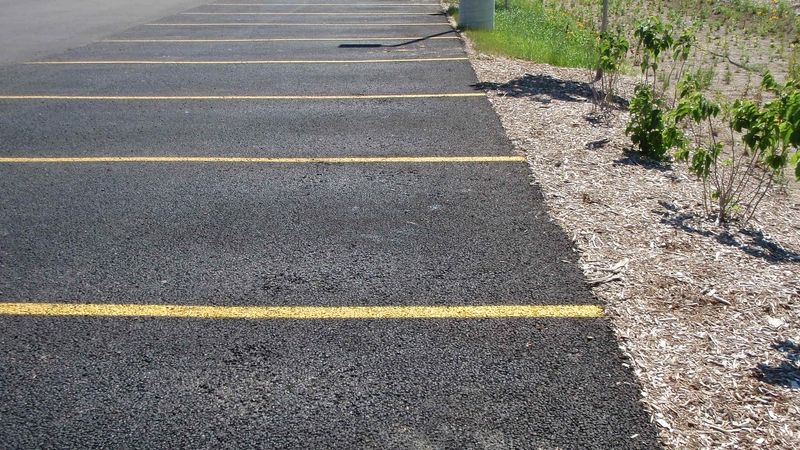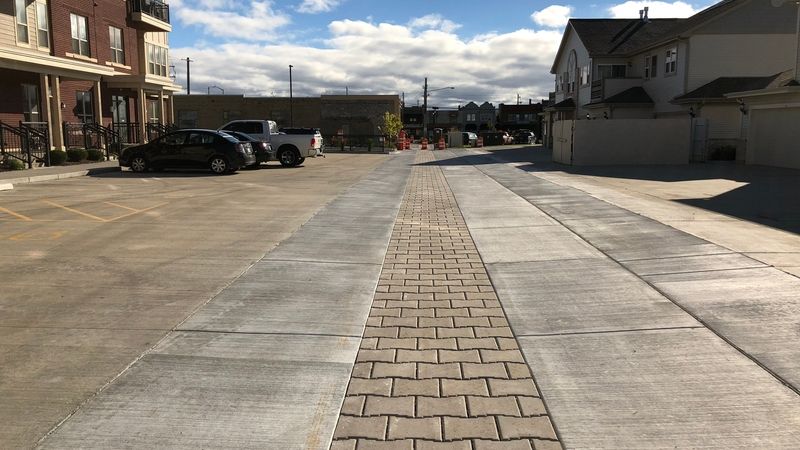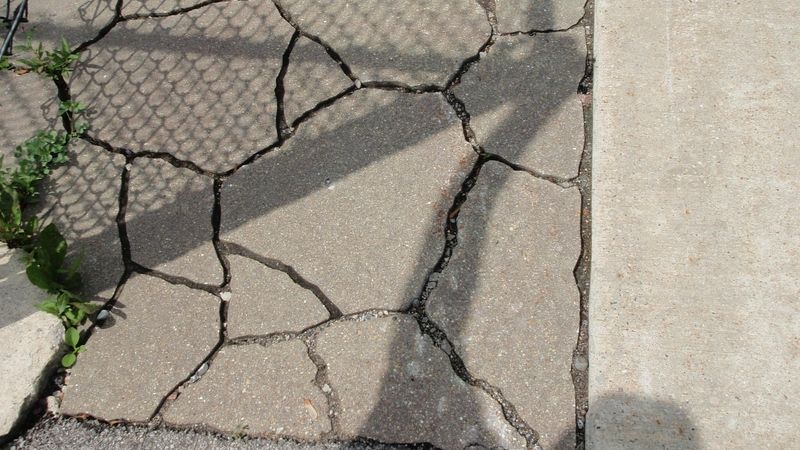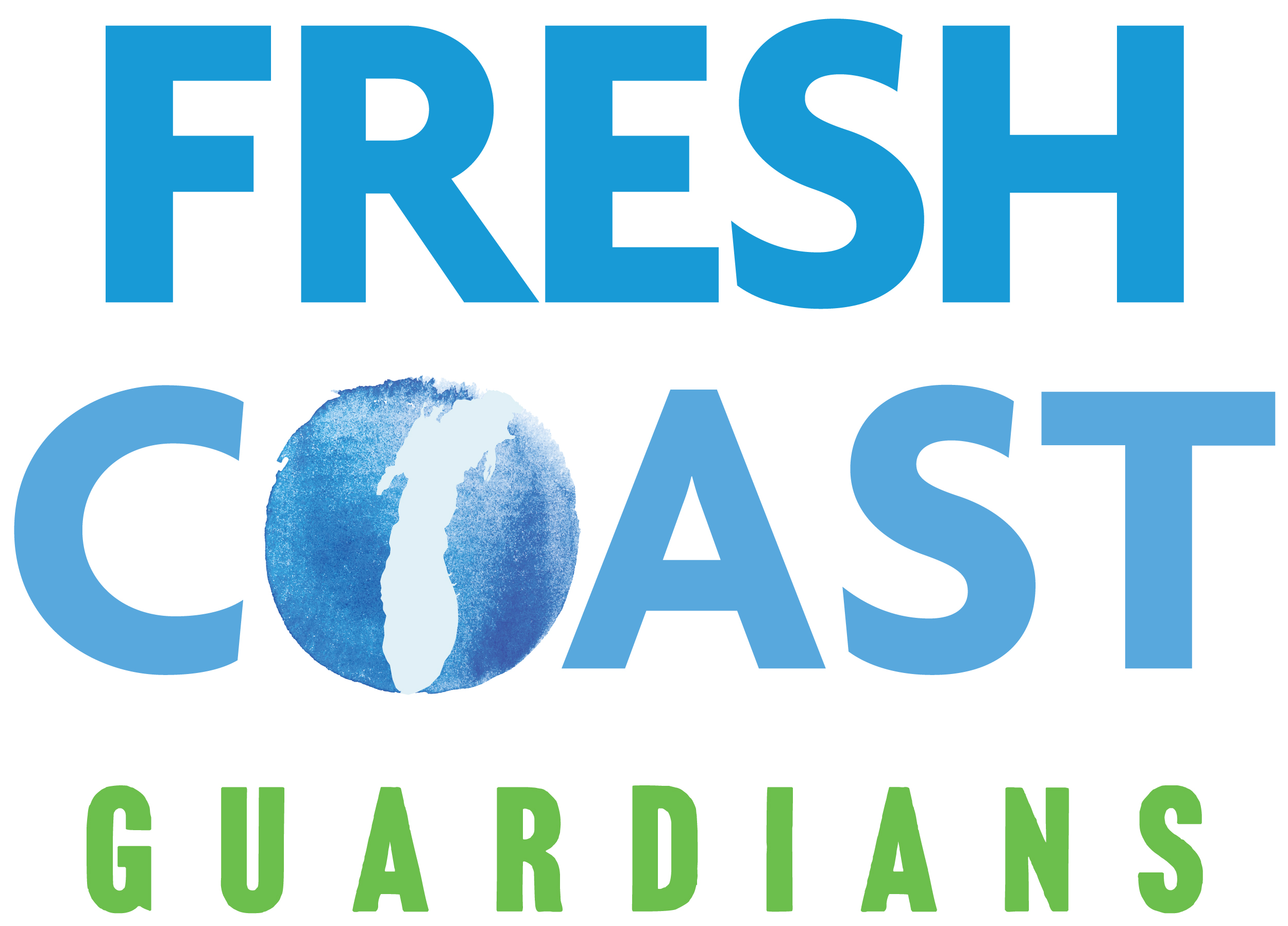Porous Pavement
What is Porous Pavement?
In the greater Milwaukee area, over 60% of all impervious surfaces are roads, parking lots, and driveways. When it rains these hard surfaces create a lot of stormwater runoff that can overwhelm our sewer system or flow directly into our rivers. In contrast, porous pavement systems allow runoff to soak into the pavement surface and engineered stone layers below. The water then slowly moves down into the ground and is connected to local stormwater sewers or can be collected and stored for future use. Porous pavement can be asphalt, concrete or pavers, but is different from traditional pavement because it doesn't have fine materials mixed in. Instead, it provides pore spaces that store and let water pass through the surface.
What are the Benefits of Porous Pavement?
- Helps protect our streams and Lake Michigan from pollution by reducing stormwater runoff
- Reduces the risk of flooding and drainage problems such a ponding water
- Needs less salt for deicing in the winter
- Manages a lot of runoff in a small space, making it especially useful in dense urban areas
- Can be used for parking, sidewalks, bike trails, or other low-traffic areas
Porous Pavement Resources
Questions about installation or care of porous pavement?
Here are some helpful resources:
Technical guidance from WI DNR
Where can I find studies and examples of porous pavement?
How do I get an idea of the size and cost of porous pavement?
Where can I find a contractor to help install porous pavement?
Get Inspired
Local Milwaukee porous pavement.
Curious on how you can create a more sustainable property in Wisconsin? Try a rain garden, bioswale or plant stormwater trees.
For questions on how to get started with your porous pavement project, or how to implement any of our green strategies, contact us.






